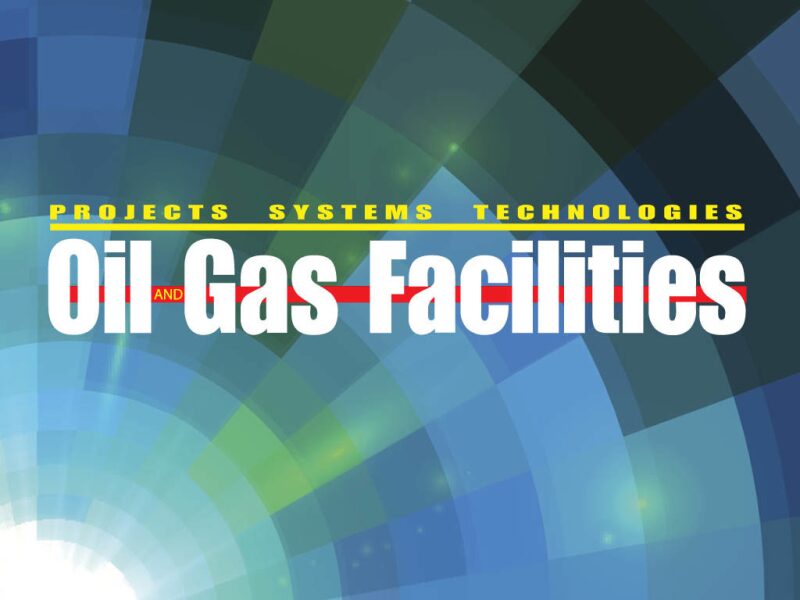Summary
The selection criteria for multiphase boosting options remain somewhat subjective and are frequently influenced by the vendors’ data, which may mask potential limitations of this emerging technology. Existing literature on multiphase pumping tends to focus on a certain pump type for a specific field application, but does not provide more-generalized criteria for the selection of multiphase boosting solutions from among those available in the market. A comprehensive literature review into the working principles of the major pump types identified the intrinsic advantages and limitations of each technology for subsea and downhole applications.
The survey showed that, for subsea application, both the twin-screw pump (TSP) and the helicoaxial pump (HAP) can handle high suction gas volume fraction (GVF) with a fluid recycling system, or flow mixer. Thus, GVF is not a discriminating factor. The positive-displacement principle allows TSPs to work with very low suction pressure, but limits their operating range because of the dependency of flow rate on their relatively low speed. However, these pumps can handle highly viscous fluid. The rotodynamic concept enables the differential pressure of HAPs to self-adjust to any instantaneous change in suction GVF, and to achieve higher flow rate if sufficient suction pressure is maintained. Because HAPs usually run at higher speed, they offer a wider operating range.
For subsea application, HAPs appear to be a better option than TSPs because they offer higher operation flexibility and have a better installation track record.
For downhole applications, the electrical submersible pump (ESP) and the progressing-cavity pump (PCP) are the outstanding favorites, with the latter being preferred for lifting streams that are viscous or with high sand content. For GVF up to 70%, the rotodynamic pump (RDP) is becoming a popular solution. Although it is claimed that the downhole TSP (DTSP) can handle up to 98% GVF, it is not yet widely accepted in the field.
Read or download the full SPE paper 146784-PA (SPE members and OGF subscribers only)

